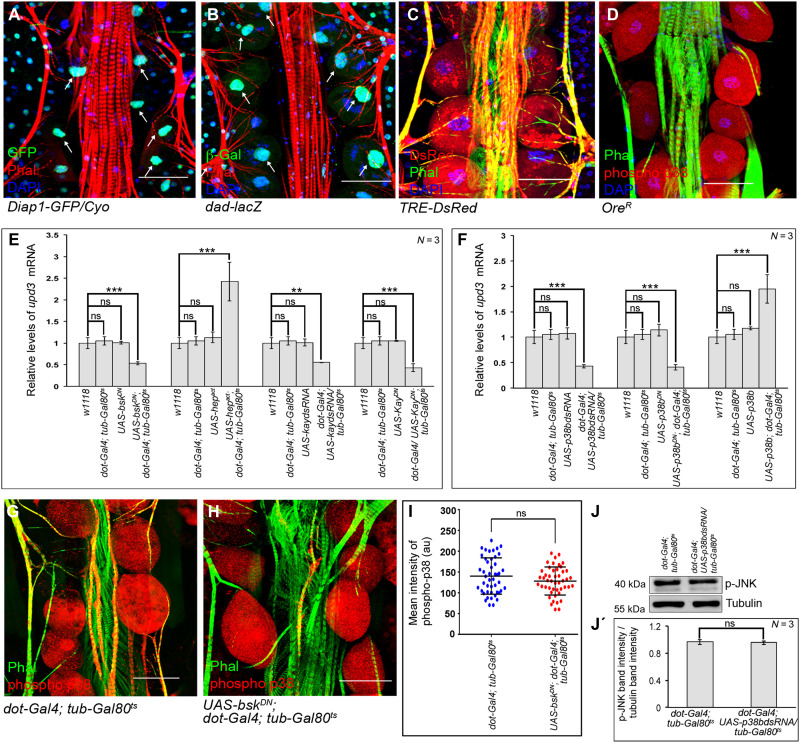Fig. 5. JNK and p38 signaling activates upd3 in the PCs.
(A and B) Expressions of Diap1-GFP (green; Hippo pathway) (A) and that of dad-lacZ (green; Dpp signaling) (B) in the PCs. Phalloidin (red) marks the cardiac tube and the alary muscles. DAPI (blue) marks the nuclei. Arrows refer to the nuclei of PCs. (C and D) Expression of TRE-DsRed (red; JNK pathway) (C) and the levels of phosphorylated-p38 (red) (D) in the PCs. Phalloidin (green) marks the cardiac tube and the alary muscles. DAPI (blue) marks the nuclei. (E and F) Changes in the expression of upd3 upon modulating JNK signaling (E) or p38b signaling (F) in the PCs. The transcript levels are normalized to that of the constitutive ribosomal gene rp49. (G and H) Levels of phosphorylated-p38 (red) in the PCs upon inactivating JNK signaling (H) as compared to control (G). Phalloidin (green) marks the cardiac tube and the alary muscles. (I) Quantification of the mean fluorescence intensity for phosphorylated-p38 level in the PCs. The dots represent the number of PCs analyzed for each genotype. (J and J′) Immunoblot analyses demonstrating the unchanged level of phosphorylated JNK upon down-regulating p38b in the PCs. Tubulin serves as the loading control (J). Quantification of the phosphorylated JNK band intensities normalized to that of Tubulin band intensities (J′). Genotypes are as mentioned. Scale bars, 50 μm in all images. Data are represented as means ± SD. Statistical significance with P values of P < 0.01, and P < 0.001 are mentioned as **, and ***, respectively.

